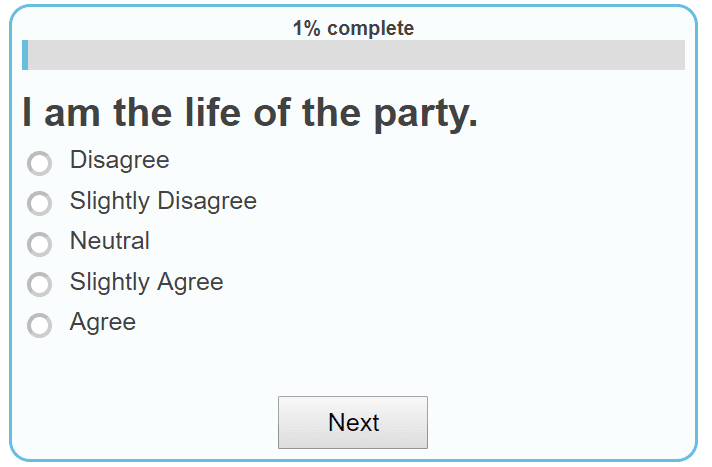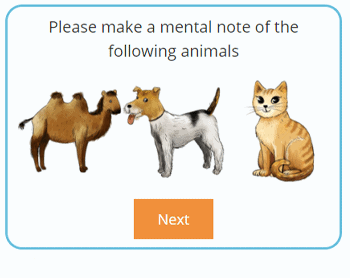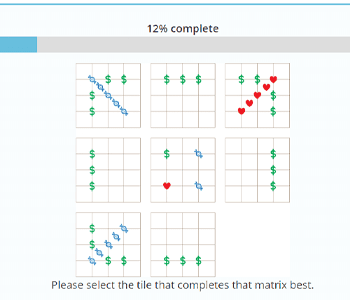We have all heard theories about how our parents influence our dating life. Some people say that we tend to date people that look like our parents. Others believe we look for romantic partners who can provide us with what our parents did not. While all of these theories sound a little cringe, we all have a close friend or even a sibling that ends up proving some of these theories right.
If you are at all interested in the ways that parenting influences our behavior, look no further than psychoanalysis. This field of psychology, made famous by psychologists like Freud and Carl Jung, has some ideas on psychological development that might seem pretty wild today. One particular theory, Object Relations Theory, goes beyond saying that our relationship with our parents influences our dating life, it says that the relationship with our female parent influences how we see everything and everyone around us.
What is Object Relations Theory?
Object relations theory, like many theories in psychology, has evolved and been adapted by many psychologists over the years. It started when Melanie Klein theorized how a child learns to relate to other "objects," including people, in the world. The first object in this process is the child's mother.
Who Founded Object Relations Theory?
For simplicity and looking at this theory in the larger world of psychoanalysis, we will focus strictly on the work of two psychologists known for their ideas on Object Relations Theory: Melanie Klein and Donald Winnicott.
Melanie Klein was already a mother when she discovered the already well-known theories of psychoanalysis. She had reached out to a psychoanalyst for treatment. Her dissatisfaction and unhappy marriage had been wearing on her. Still, with the help of psychoanalysis, she left her marriage and devoted her life to furthering the study of the development of the psyche.
At the time, Freud had been working with young children, but he didn’t believe that he could tap into their unconscious minds. A mother herself, Klein found ways to observe children’s behaviors and development through play and other means. She was one of the first modern psychologists to study infants.
What she gathered from her observations eventually became Object Relations Theory.
How Does Object Relations Theory Work?
This theory examined how relationships formed the psyche and led to the child's development (and later, the adult.) Rather than taking Freud’s approach of focusing on the repression of the sex and death urges, Klein focused on the relationships that children build with their parents.
About Objects in Object Relations Theory
In Klein’s theory, the “object” not only refers to actual objects but also to people themselves. When a child is born, they cannot see the nuances and complicated motivations that influence the people around them. We are all just as simple as objects. Instead of thinking of a parent as someone who might have been impacted by trauma or has good intentions, the child just sees the parent as “good” or bad.”
But in the early days of infancy, the child fixates on one person: the mother. Klein even went further to say that the child first fixates on one part of the mother: her breasts. The mother’s breasts, in infancy, are the child’s source of food and an opportunity to be touched and nourished by the mother. When the child is breastfed regularly, and their needs are attended to, they will likely grow into a stable, healthy person. But if this feeding schedule isn’t so successful, neither is the child’s development.
Good Breast Vs. Bad Breast
Klein believed that the child may only see the “good breast” and the “bad breast,” and this relationship with their mother will influence their relationship with everyone around them. As the child develops, Klein believes, they may respond to this view of the world by developing defense mechanisms, much like the ones that Freud theorized about. They only see a person as a “good breast” or a “bad breast.”
This is where a mother’s love and attention may influence a person’s dating life. At first, a person may see their partner as a good breast. The minute the partner makes a mistake, they become a “bad breast,” and the person cannot get to a place where they once again see the partner as “good breast.” The two concepts are completely different and separate, even though both “good breast” and “bad breast” are both breasts.
Object Relations Theory and Mental Disorders
Of course, not everyone sees the world as “good” and “bad.” And not everyone with a less-than-stable upbringing is stuck in this mindset, either. Klein believes that children who can only see objects as good or bad are in a “paranoid-schizoid position.” They may exit that position and enter the “depressive position,” in which they can see people as the complicated beings that they are. The child stops projecting or making assumptions about a person and allows them to be who they are.
When “good” and “bad” or “love” and “hate” can be applied to the same person, Klein (and Freud) believe that the child enters a state of ambivalence. Until they reach that state, however, the child (or adult) may have some destructive tendencies or display different signs of anxiety.
This theory is not simple to grasp, especially when it is used while talking about mental disorders. A Reddit user on the psychoanalysis subreddit asked, "Can someone explain to me in very simple terms how Object Relations Theory relates to NPD and other personality disorders?" You can read the following comments here to learn more about how object relations theory relates to anxiety, depression, and similar disorders.
Donald Winnicott and the “Good Enough” Mother
Klein’s object relations theory, along with many other theories highlighting the importance of a child’s early years, puts much pressure on a mother. You don’t see Melanie Klein discussing how a father’s chest influences how the child sees the rest of the world! And as any mother knows, it’s close to impossible to feed your child every time that they cry for milk or food. Does this make you a bad mother? Not at all – especially considering how object relation theory evolved.
Donald Winnicott was a pediatrician who became a psychoanalyst under Melanie Klien. As the two observed children, Winnicott formed his ideas on how the mother influenced her child. His picture of the “good enough” wasn’t just more reasonable for busy moms – it offered a justification for letting your child get frustrated now and again. Not all “normal,” highly functioning children have perfect parents, and Donald Winnicott’s theory may explain why.
What Is the "Good Enough" Mother?
Winnicott believed that the “good enough” mother starts her journey by attending to her baby’s every need. She leaves no time in between when the baby cries for food and when she feeds it – at first. But think of a child’s needs, like their exposure to germs. The longer a child is never exposed to germs past a certain age, the worse their body will react when they are exposed to germs. Winnicott believed frustration worked the same way with the psyche. He believed it was healthy, even encouraged, for a mother to eventually wait a short period after a child’s cry before feeding them. This period, at first, was no more than a few minutes – not long enough to bring up feelings of abandonment or anxiety that might affect the psyche later. Exposing a child to small amounts of frustration would eventually “soften the blow” of frustrations later in life. This could also teach the child that the same breast that feeds the child is the one that is withheld at times.
Why Is Object Relations Theory Important?
Like many facets of psychoanalysis and even behaviorism, psychologists focused a lot on how to prevent problems rather than improving your situation. Any bad habit or type of anxiety was immediately traced back to a patient’s mother and their ability to provide for their children. If the mother wasn’t perfect, many believed, they would run the risk of “messing their child up.” Winnicott’s ideas gave mothers more room to expose their children to frustration and not attend to their needs immediately. However, the line between a “good enough” mother and one who was not attentive remained thin in Winnicott’s time.
Psychologists do not believe that the mother can be blamed for all mental disorders or symptoms of anxiety today. Instead, we have moved from Freud’s early ideas to a combination of looking at brain chemistry, extrinsic motivation, and even how we talk to ourselves in our minds. Object relations theory and the larger work of the psychoanalysts still influence therapists, psychologists, and other mental health experts today.



